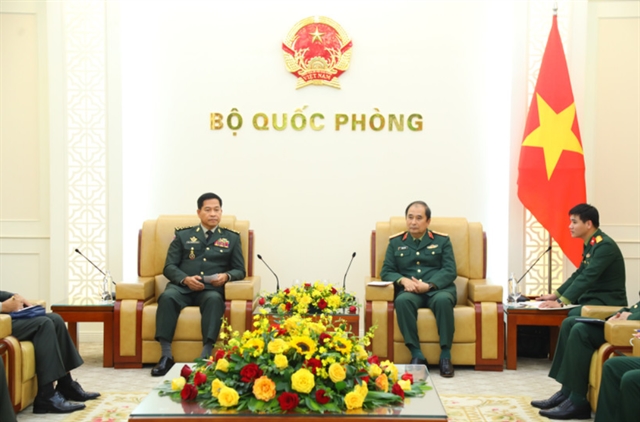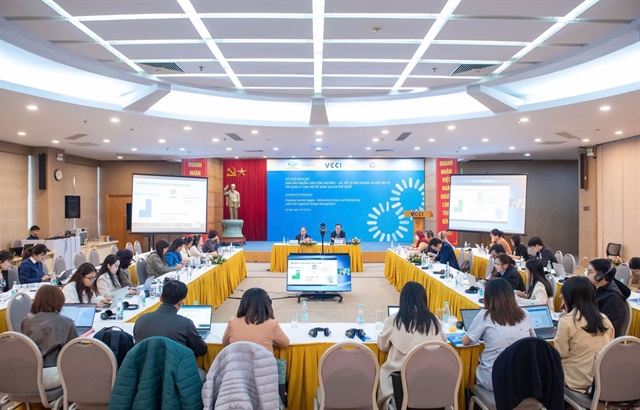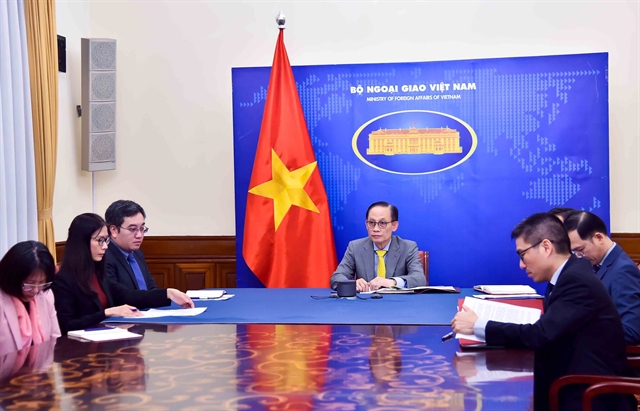 Op-Ed
Op-Ed
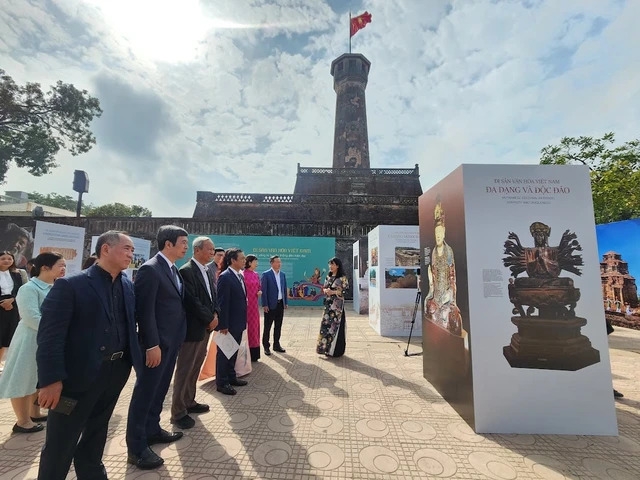
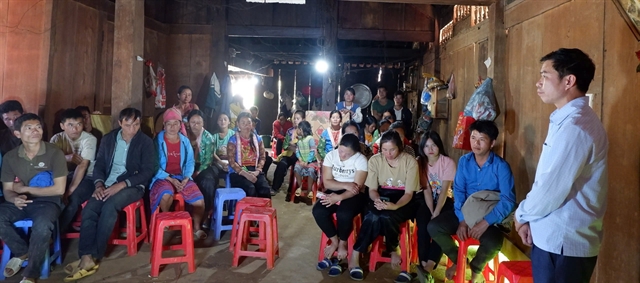
|
| Local community in Mường Ảng District, Điện Biên Province are having solar-light support from World Vision International in Việt Nam. — Photos courtesy of the World Vision International in Việt Nam |
By Dr Salmon Jacob
In an era defined by the twin imperatives of environmental protection and economic resilience, one of the pertinent yet less explored questions is: Can we harness the power that is already around us? In East Asia, where both rural traditions and rapid modernisation coexist, the answer to this question is not only yes - it’s a solution waiting to get the needed acceleration.
From the paddy fields of Việt Nam, to the steppes of Mongolia, from the bustling streets of Bangkok to the remote mountain villages of Laos, communities are surrounded by untapped sources of renewable energy that are both accessible and affordable. The sun above us, the waste we discard, the livestock we raise and the collective spirit of community that binds us — all hold vast potential to transform our energy systems and improve our quality of life.
The power of the sun: lighting homes and hope
The countries of East Asia are blessed with abundant sunlight. Regions across Thailand, Cambodia and Việt Nam receive high solar irradiation throughout the year. Yet many rural communities remain unelectrified or suffer from unreliable grid connections. This is where solar power can play a game-changing role.
In Việt Nam, solar-powered irrigation systems have already begun to support smallholder farmers in the Mekong Delta (World Economic Forum Article, July 2023). Thailand’s Eastern Economic Corridor has integrated large-scale solar farms, but decentralised rooftop solar in rural homes still lags behind its potential (SIPET, Feb 2025). In Myanmar, according to World Bank data of 2022 where nearly 25 per cent of the population still lacks access to electricity, solar home systems offer a clean, affordable and scalable solution.
Beyond lighting, solar cookers are emerging in China and Việt Nam, reducing dependence on biomass and improving indoor air quality. Solar dryers for fish and agricultural produce — already being used successfully in pockets of Cambodia and northern Thailand — are helping communities reduce food spoilage and add value to local products (The Nation, May 2018).
According to IRENA's data of 2022 ASEAN region only has 26.6 GW of installed solar capacity, while the potential of solar energy for the region is roughly 30,523 GW. This is an indication of the huge potential that awaits to be tapped on the power of the sun.
The power of household waste: from burden to benefit

|
| The local community in Mường Ảng District, Điện Biên Province are having solar-light support from World Vision International in Việt Nam. |
Across East Asia, urbanisation has brought with it the challenge of mounting household waste. But instead of viewing it as a burden, we can see it as a valuable energy source.
In East Asian countries, where infrastructure for waste management is limited, small-scale biogas plants can offer both environmental relief and economic support. When households realise that their kitchen waste can cook the next meal, the economics of sustainability becomes deeply personal.
The power of livestock manure: rural energy from tradition
Various development organisations have introduced small biogas units across Cambodia and Việt Nam over the years, helping thousands of rural households reduce reliance on firewood and improve respiratory health, particularly for women who spend long hours cooking indoors. In China, as mentioned earlier, favourable government policies have accelerated the adoption of domestic biogas plants in the country with much scope for scale up. Meanwhile, in Mongolia efforts are underway to adapt biomass technologies for cleaner energy suitable for the extreme cold climate.
The energy stored in livestock waste is enormous — not only does it meet household energy needs, but it also restores soil fertility, enhancing food security in a region where land degradation is a growing threat.
Adding value to life for sustainable development
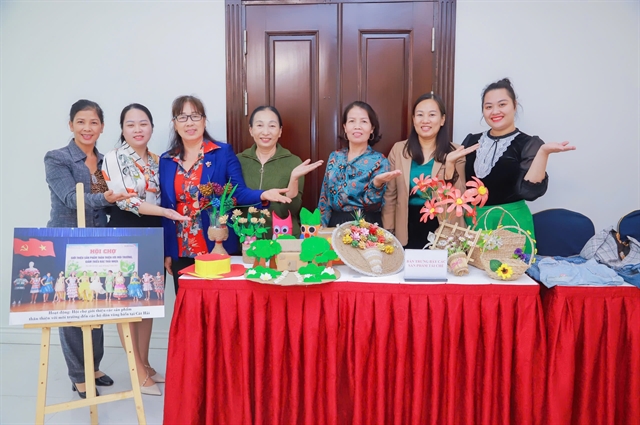
|
| A group of women participating in the project 'Waste No Waste' introduced by World Vision International in Việt Nam. |
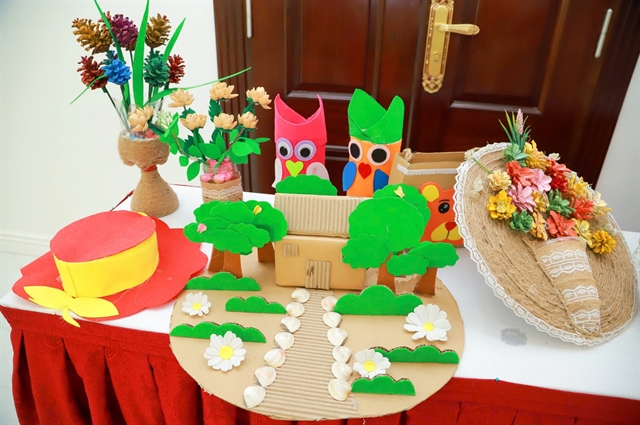
|
| The project enables them to manage waste and improve their livelihoods through recycled products made from waste. |
The value of tapping into these untapped power sources — i.e. solar, waste, livestock, and community establishments — is its ability to meet our most basic and daily energy needs, in a decentralised and sustainable manner. These include lighting our homes, meeting our cooking energy needs, irrigating our farms, running our basic electrical appliances etc.
I have personally witnessed the positive transformation in the lives of households who benefitted from World Vision’s solar energy applications in remote parts of Mongolia, waste to energy initiatives in Thailand and solar energy applications in agriculture in other communities across East Asia. Hundreds of children have benefitted from the solar electrification programmes of World Vision in various schools of Việt Nam. The scope for scale up is enormous and waiting to be harnessed.
The energy solutions we seek for driving holistic and sustainable development are already with us and around us. To unlock them, we need:
Policy support that incentivises decentralised renewable energy and waste-to-energy models.
Training and awareness for local communities to adopt and maintain systems.
Financing models that make clean technologies accessible to the poor.
Partnerships and collaboration to share and drive best practices and indigenous innovations into the grassroots.
Importantly, harnessing the untapped power around us is not about replacing national grids — it is about complementing them. In many East Asian countries, from China to Việt Nam, electricity grids are still heavily reliant on coal-fired power, contributing to greenhouse gas emissions and air pollution. Rural areas often face power shortages or outages, while urban centres bear the brunt of pollution. Local renewable energy — solar, biogas, and waste-to-energy — can bridge the energy access gap, reduce pressure on central grids and cut emissions at the source. It adds resilience, offers energy security and delivers power that is cleaner, closer, and community-driven.
Let us reimagine waste as wealth. Let us see the sun not just as source of heat or light, but as a harvest. Let us treat community not just as a social entity, but as centres of collective strength for transformation. In this lies the path to a future that is not only green - but grounded in the power of decentralisation, community action and community ownership for sustainable development. — VNS
Dr Salmon Jacob is Regional Climate Change Adaptation Advisor, World Vision East Asia.

